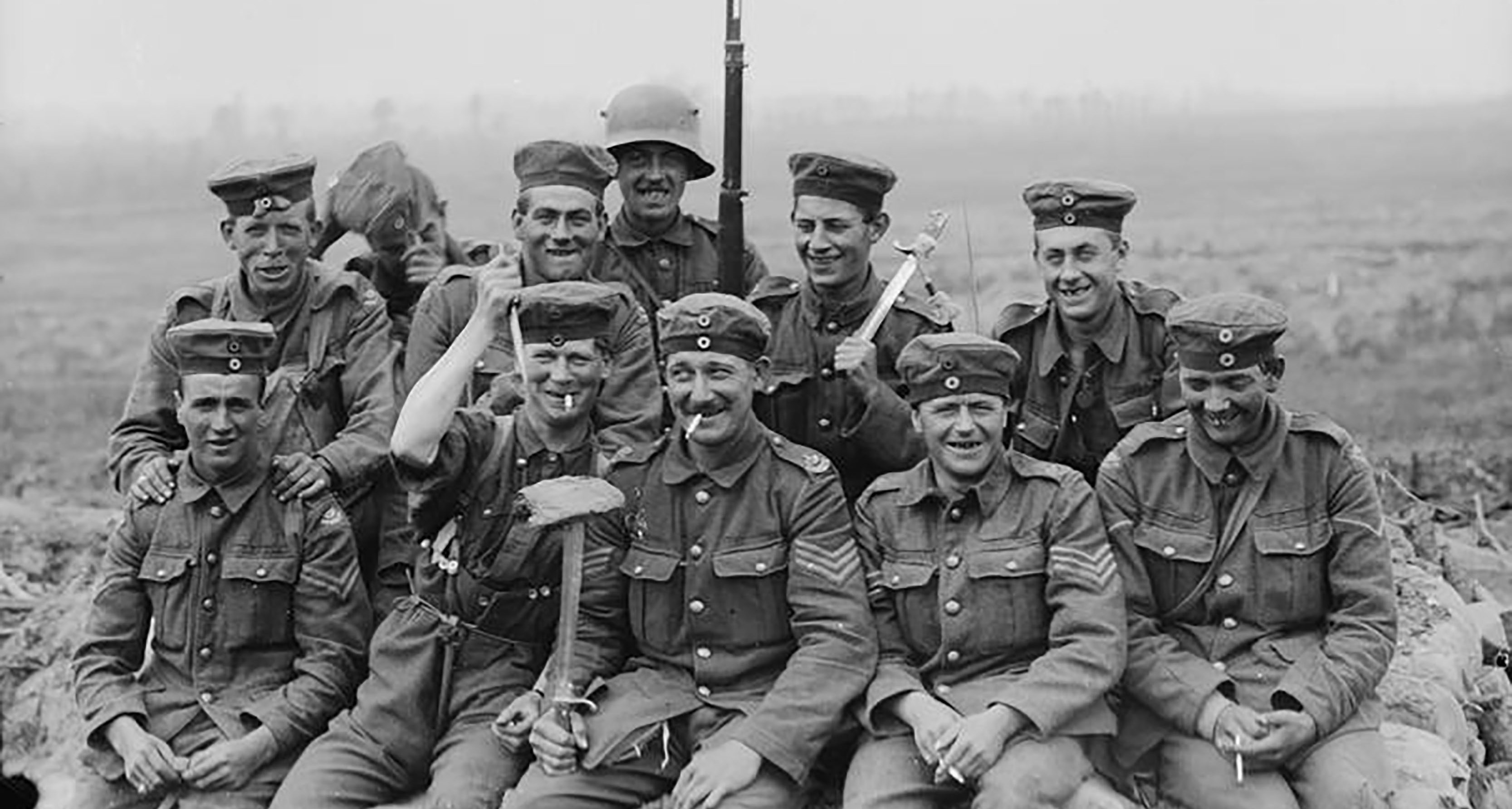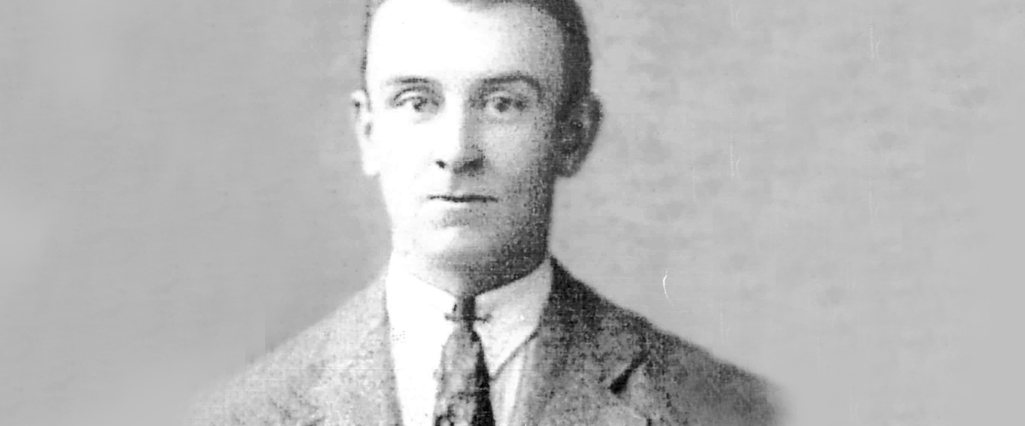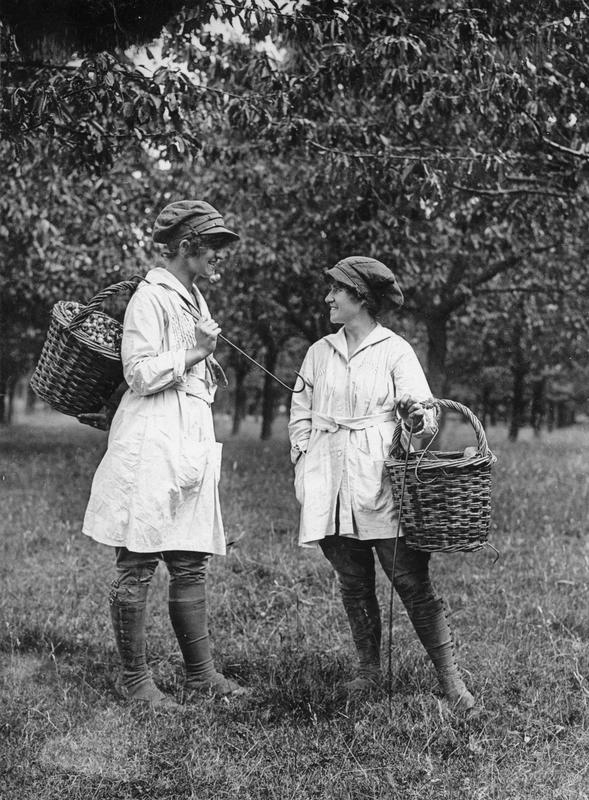Feeding a nation at war
The war placed unprecedented demands on the agricultural workers who fed island Britain. At the same time it transformed that workforce and, paradoxically, brought a big temporary boost to wages and working conditions.
Pre-war Liberal promises had not been fulfilled and wages, at a standstill, were as low as two thirds of the cost of living. â€Damp, tumbledown, insanitary and overcrowded cottages were everywhere,’ wrote Seebohm Rowntree in his survey How the Labourer Lives. A rising wave of strikes was halted by the outbreak of war.
By July 1915, nearly a quarter of a million farm workers had volunteered to fight. One Norfolk recruit in Kitchener’s New Army said, â€For the first time in my life, there had been no strenuous work. We were all damned glad to have got off the farm.’ Conscription brought the figure to 400,000 by 1918.
The exodus brought one of the first signs of major social change, as women stepped up to bring in the 1914 harvest. During the war some 17,000 women joined the Women’s National Land Service Corps, swelling a female agricultural population that had long taken seasonal work in the fields.
Children, prisoners and soldiers were also drafted in to help as war went on. In fact the picture at the top shows school girls with tools and vegetables grown at their school.
Demand for food put the cost of living up by a fifth in the first 12 months. Farmers profited but they did not share the benefit with those who worked their land.
Yet sporadic successful strikes fuelled union membership. The Agricultural Labourers’ Union had 350 branches at the outset but 2,583 in 1919, when members topped 170,000. Relentless pressure helped to gradually lift overall earnings.
A legal minimum wage was introduced for the first time with the Corn Production Act 1917 – a piece of crisis management which established county wage boards made up equally of farmers’ and labourers’ representatives.
It was followed after Armistice by the Agriculture Act 1920 – but Lloyd George’s government tore that up within eight months, and with it went wage boards and minimum wages. Depression followed, and it took the Labour government of 1924 to reinstate them.
John Garth is the author of â€Tolkien and the Great War’.
Our final feature tomorrow will be how the war affected society and political views and how the social changes that followed are still being felt today.
 Like
Like Follow
Follow





